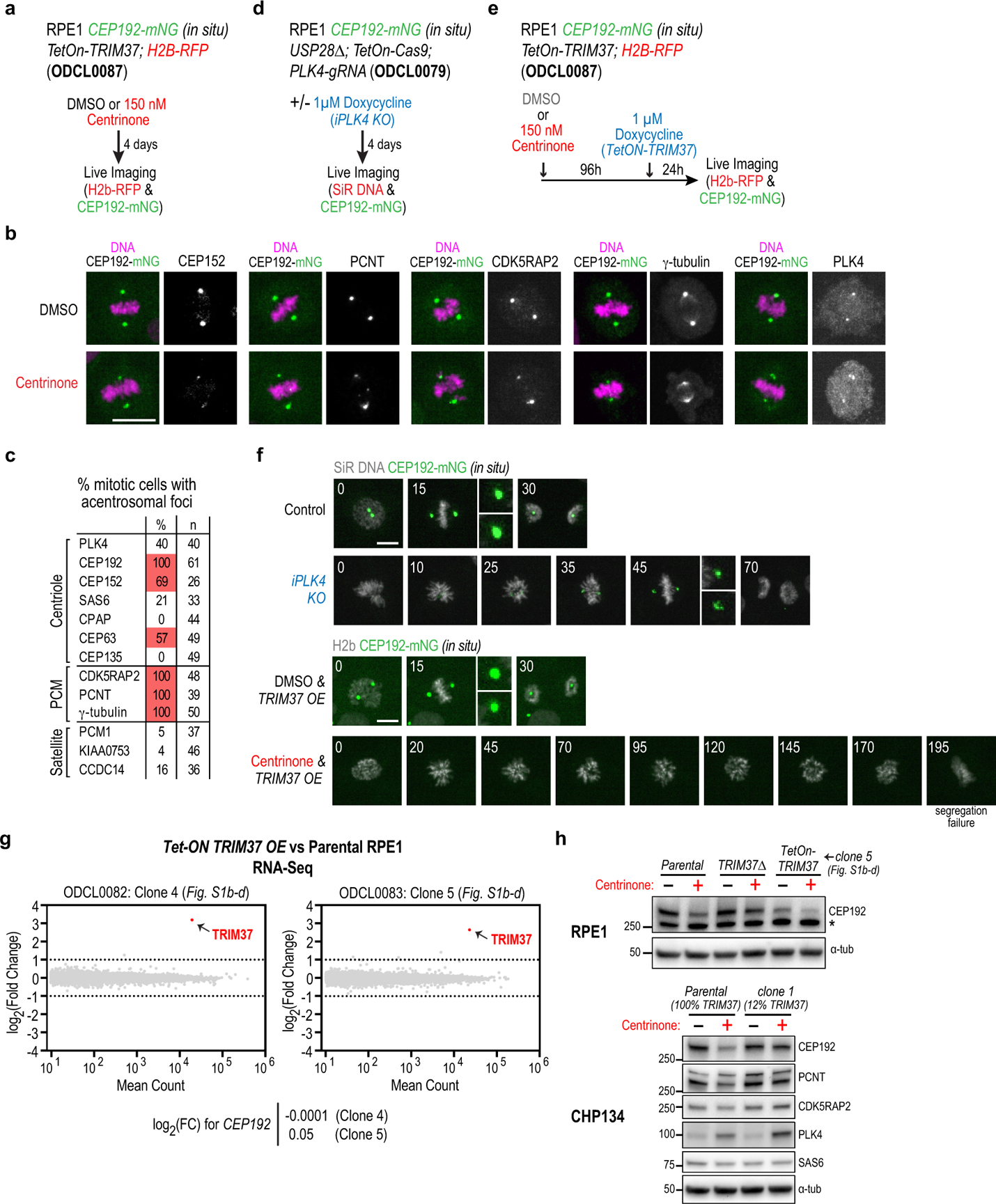Extended Data Figure 5. Effect of TRIM37 overexpression on coalescence of pericentriolar material and acentrosomal mitosis.

(a) Schematic of protocol used to analyze the effect of centrinone treatment on CEP192 mitotic dynamics by live imaging, shown in Fig. 3a. (b) Immunofluorescence images of centrosome components in DMSO versus centrinone-treated mitotic RPE1 cells. Scale bar, 10 μm. (c) Summary of immunofluorescence analysis showing which centrosome components were detected in the foci at the poles of acentrosomal spindles in centrinone-treated cells. (d) Schematic of protocol used to inducibly knock out PLK4 and monitor CEP192 dynamics in mitosis by live imaging, shown in Fig. 3b. (e) Schematic of protocol used to overexpress TRIM37 and monitor CEP192 dynamics in mitosis by live imaging, shown in Fig. 3c. Note that this is the same cell line used for the analysis shown in Fig. 3a (no dox induction); the analysis in these two conditions was conducted in parallel. (f) Additional panels from the timelapse image sequences shown in Fig. 3b and 3c for the inducible PLK4 knockout and TRIM37 overexpression, respectively. Times in minutes after NEBD are noted on each panel. (g) RNA-Seq analysis comparing two clones overexpressing TRIM37 to parental RPE1 cells. Elevated TRIM37 transcript levels are evident in both clones. No significant changes in the global transcriptome were otherwise observed. (h) Evidence that centrosomes protect CEP192 from TRIM37-dependent degradation. (top) Immunoblots of the indicated RPE1 cell lines with and without centrinone treatment. In cells overexpressing TRIM37, centrinone treatment further reduces CEP192 levels; by contrast, in TRIM37Δ cells, centrinone treatment only modestly affected CEP192 levels. Note that RNA-Seq analysis indicated no significant change in CEP192 transcript levels between cell lines with varying levels of TRIM37. (bottom) Immunoblots of CHP134 parental cells and a derived clone with ~12% expression of TRIM37. Centrinone strongly reduced CEP192 in the parental cells but not in the clone with reduced TRIM37 expression. α-tubulin serves as a loading control in both blots. For gel source data see Supplementary Figure 1.
